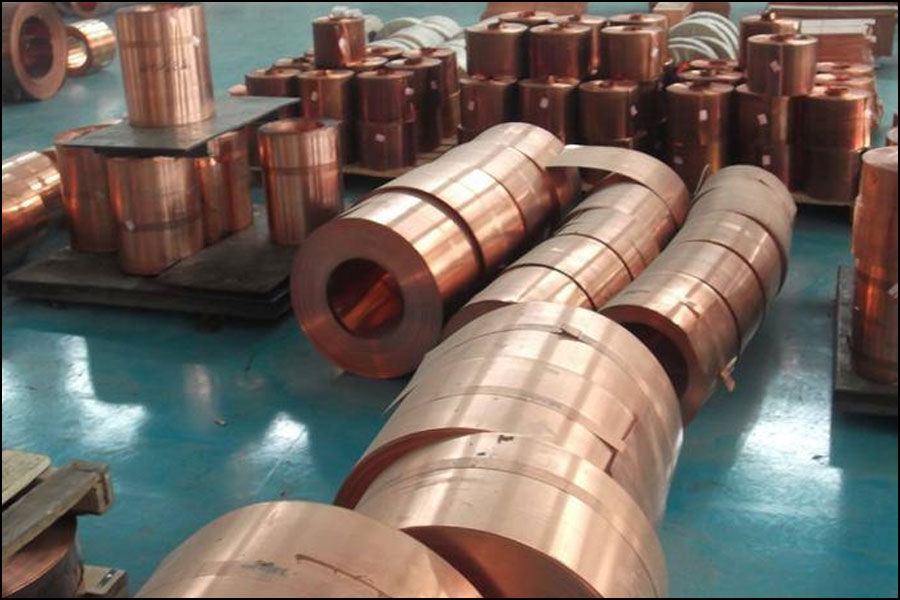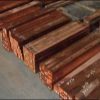
Copper has good electrical conductivity, thermal conductivity and ductility. It is widely used in cables and electrical and electronic components. Because of its low melting point, it is easy to remelt and re-smelt. It is also a relatively environmentally friendly material. Among them, brass and copper are the most widely used. Many companies don’t know which hardness of brass or copper is high, which leads to errors in production. The following technicians will introduce to you which hardness of brass or copper is high?
What is copper?
Red copper is named for its purple-red color. It is a relatively pure type of copper. It is not necessarily pure copper. Generally, it can be approximated as pure copper. It has good electrical conductivity and plasticity, but its strength and hardness are worse.
What is brass?
Brass is an alloy composed of copper and zinc. Brass composed of copper and zinc is called ordinary brass. If it is a variety of alloys composed of more than two elements, it is called special brass. Brass is Copper-zinc alloy has excellent plasticity, high strength and good corrosion resistance.
Which is harder, brass or copper?
- 1. The general feature of metal materials is that the hardness of pure metal is lower than that of its alloy, which has high hardness and low melting point. Oxygen-free copper and red copper are both pure copper, but the purity is different. The purity of oxygen-free copper is higher, and the purity of red copper can reach 99.9%~99.99% (different grades have some differences). Red copper contains very few impurities. Therefore, oxygen-free copper has the highest purity and the softest, red copper is slightly harder (close to oxygen-free copper), and brass is the hardest.
- 2. There is another characteristic of copper material. The hardness will become soft after heat treatment, and it will become hard after cold working (cold work hardening). Due to the influence of the hardness, composition, brand and impurities of non-ferrous metals and alloys, it is also affected by the state, crystal The lattice structure has a lot to do with it, so there are generally few specific hardness data, which can only be described qualitatively.
- 3. What is the hardness of red copper? Red copper has a density (7.83g/cm3), a melting point of 1083 degrees, and a copper content of 99.9%. It is non-magnetic. It has good electrical conductivity, thermal conductivity and corrosion resistance. It is named for its purple-red color. The electrical conductivity and thermal conductivity of copper is second only to silver, and it is widely used to make electrical and thermal equipment. Copper is used in the atmosphere, sea water, and some non-oxidizing acids, alkalis, salt solutions and Among a variety of organic acids, it has good corrosion resistance and is used in the chemical industry.
- 4. The density of brass (8.93g/cm3) is used for mechanical bearing lining, wear-resistant, brass “density greater than red copper” copper-based alloy with zinc as the main alloying element, copper 60%; zinc 40% About; individual grades contain about 1% lead, which is impurity. Named because it is often yellow, brass is beautiful in color, has good craftsmanship and mechanical properties, has a certain degree of corrosion resistance, and has lower electrical conductivity than copper.
Which one of brass or copper has higher hardness, I believe everyone will understand from the above introduction. When manufacturing wires and cables, of course red copper is more preferable. It has the smallest conductive resistance and is more suitable for conductors. The hardness is less than brass, making the wires and cables more durable. Soft, easier to handle during use, and less impurities, which increases the conductivity of copper.






